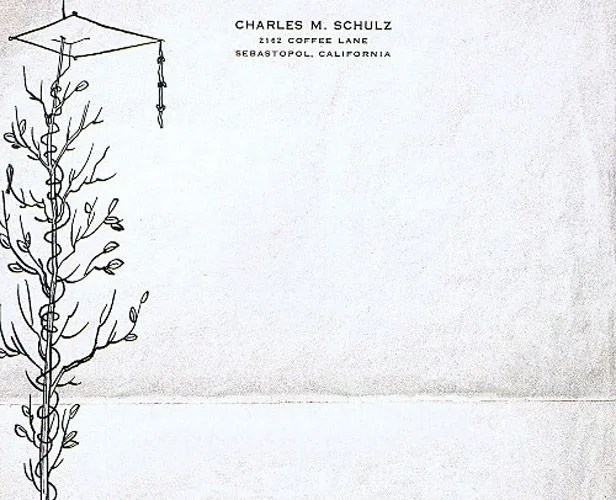How do you write a letter? Not just an email, or a business letter, but the hard-hitting, effusive, old-school letter, like the kind Rilke once wrote to a young poet, or that Winston Churchill wrote to the Duke of Marlborough? First, you need to commit. A good letter takes honesty, emotion and patience. If you can’t provide those things, tap Hallmark to provide them for you. But if you have something noble and pure and important to get across, a handwritten letter might just be the best way to do it.
To start, find a quiet place. Have the right tools — a good pen and stationary are a great start (see below). Put your location and the date at the top of the paper. Choose an appropriate salutation. And as for the letter itself, try this: reject the critical, judgmental part of yourself that tries to invalidate your feelings; the best way to beat it is to outrun it, to write and write and write and write and not stop, even for a second, until you’re done. It takes practice, but you’ll get there. Worried about what might find its way onto paper? That’s a good sign. Ignore it, for now. You’re not sending the letter yet.
When you finish, pick an appropriate sign off and put the letter away for at least a day. If you’re still happy with it in the morning, sign, stamp and send.
Let’s break down a letter done right, written by John Steinbeck to his son.

Focus on Stationary

